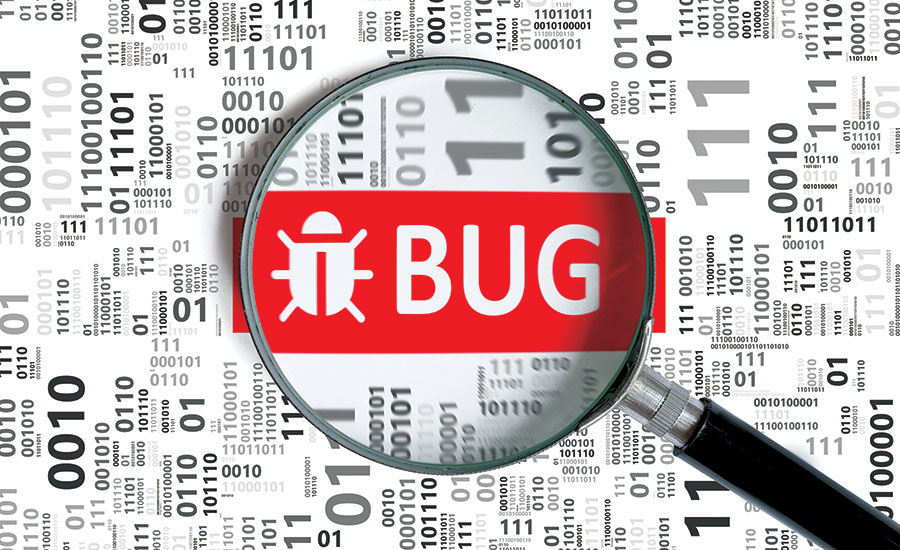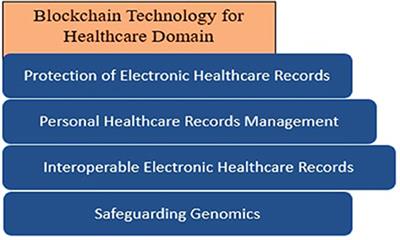![]()
Understanding the Imperative of Malware Resistance
Malware resistance is a critical facet of cybersecurity, representing the collective efforts to fortify digital systems against the ever-evolving landscape of malicious software. In this article, we’ll delve into the significance of building robust defenses and the strategies employed to achieve effective malware resistance.
The Pervasive Threat of Malware
1. Diverse Forms of Malicious Software
Malware comes in various forms, including viruses, worms, trojans, ransomware, and more. Each type poses unique challenges to cybersecurity, emphasizing the need for comprehensive defenses. Malicious software can infiltrate systems, compromise data integrity, and disrupt normal operations, making effective resistance paramount.
2. Evolving Tactics of Cybercriminals
As cybersecurity measures advance, so do the tactics of cybercriminals. Malware is constantly evolving, adopting sophisticated techniques to bypass traditional defenses. Malware resistance strategies must adapt to this dynamic landscape to effectively thwart emerging threats.
Building a Robust Defense Against Malware
1. Endpoint Protection
Securing endpoints, such as computers, servers, and mobile devices, is a fundamental component of malware resistance. Endpoint protection solutions, including antivirus software and advanced endpoint detection and response (EDR) tools, help detect and neutralize malware attempting to infiltrate devices.
2. Network Security Measures
Protecting the network is crucial in preventing the spread of malware within an infrastructure. Firewalls, intrusion detection and prevention systems, and secure network configurations contribute to building a strong barrier against unauthorized access and malware propagation.
3. Regular Software Updates and Patch Management
Malware often exploits vulnerabilities in software. Regular updates and patch management are essential to address known vulnerabilities and strengthen software resilience. Keeping systems up-to-date is a proactive measure that significantly reduces the risk of malware attacks.
User Education and Awareness
1. Recognizing Social Engineering Tactics
Cybercriminals frequently employ social engineering tactics to trick users into installing malware. User education is a key aspect of malware resistance. Training individuals to recognize phishing emails, malicious links, and deceptive messages enhances overall cybersecurity awareness.
2. Promoting Safe Online Practices
Encouraging safe online practices is an effective way to bolster malware resistance. This includes using strong, unique passwords, enabling multi-factor authentication, and avoiding downloading software from untrusted sources. User behavior plays a crucial role in preventing malware infections.
Advanced Threat Detection and Response
1. Implementing Behavioral Analytics
Advanced threat detection relies on behavioral analytics to identify anomalies and potential indicators of compromise. Analyzing patterns of behavior within a system helps detect malware that may exhibit unusual characteristics, contributing to proactive threat mitigation.
2. Incident Response Planning*
Despite robust defenses, incidents may still occur. Having a well-defined incident response plan is crucial. A swift and organized response to a malware incident can minimize damage, prevent further spread, and facilitate the recovery process.
Malware Resistance: A Link to Cybersecurity Empowerment
For a deeper understanding of malware resistance strategies and their application in modern cybersecurity, visit Malware resistance. This comprehensive resource provides insights, best practices, and the latest developments to empower individuals and organizations in fortifying their digital defenses against malware threats.
In conclusion, achieving malware resistance is an ongoing and collaborative effort. By understanding the pervasive threat of malware, implementing robust defense strategies, educating users, and leveraging advanced detection and response capabilities, individuals and organizations can significantly enhance their resilience against malicious software. Staying informed and proactive is key to building a strong defense in the ever-evolving landscape of cybersecurity.

























